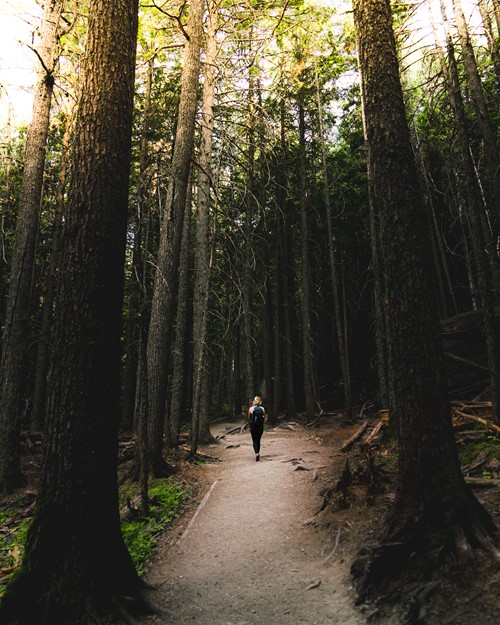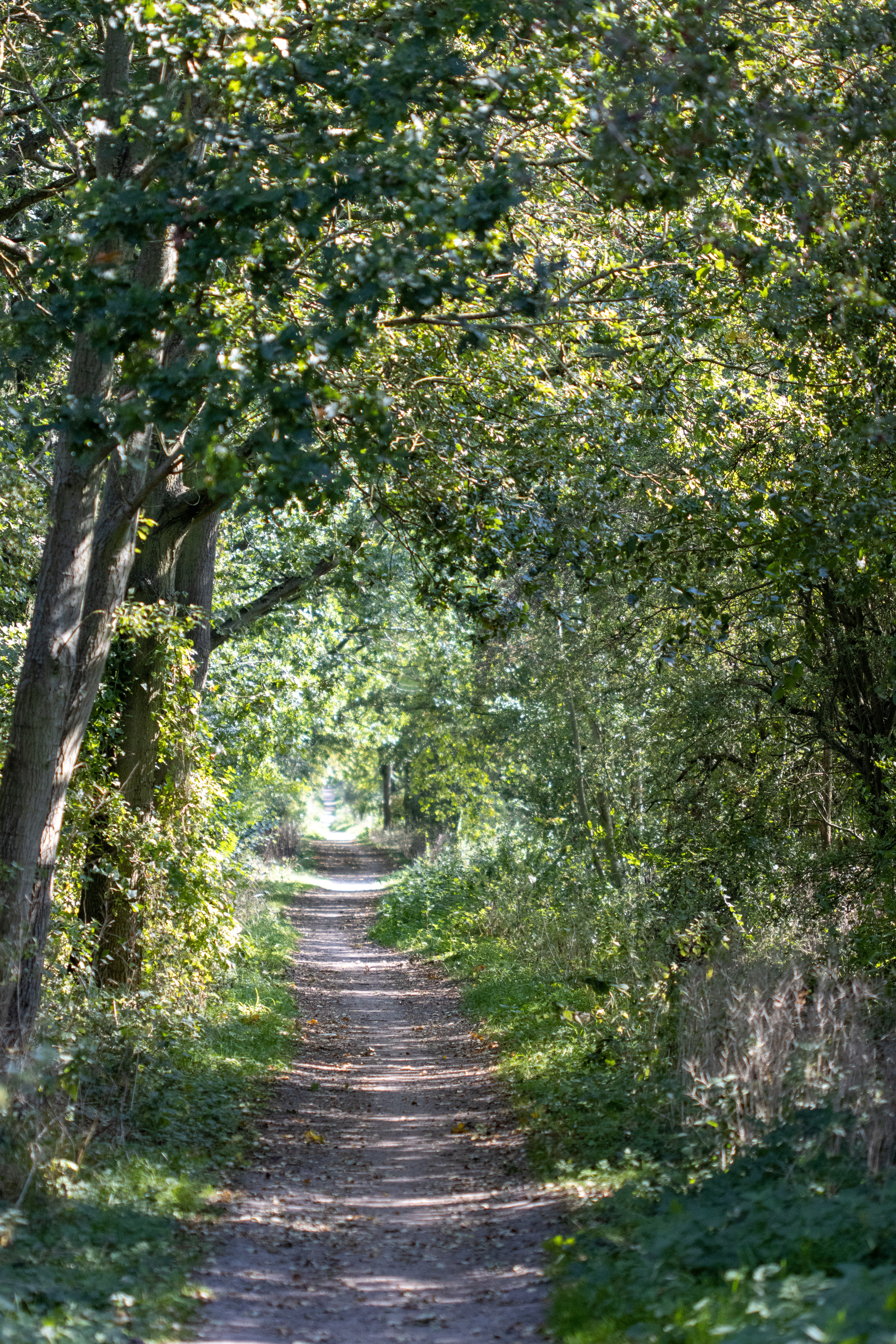Get Up and Go!



Mindful Walking Practice
Mindful Walking: Clear Your Head with Every Step
Combining physical activity with mindfulness is a powerful way to boost your wellbeing. Walking is a simple, low-impact exercise that releases feel-good endorphins, and by practicing mindfulness as you walk, you can also calm your mind, reduce stress, and connect more deeply with the world around you.
A Simple Guide to Mindful Walking
1. Before You Start
Choose a short, familiar route where you feel safe and won't need to focus too much on navigation. Put your phone on silent to give yourself this time without digital interruptions.
2. The Practice: Tune In
As you begin to walk, bring your full attention to your body.
-
Feel the sensation of your feet connecting with the ground with each step.
-
Notice the rhythm of your walking and how your breath naturally syncs with your pace.
-
Feel the gentle shift of your weight from one side to the other.
3. The Practice: Expand Your Awareness
Now, gently expand your awareness outwards to your surroundings. Spend a minute focusing on each of your senses, one at a time. After exploring each sense, gently bring your attention back to the rhythm of your walking.
-
Hearing: What are the furthest sounds you can hear? What are the closest? Listen without judgment.
-
Sight: Notice the colours, shapes, and movements around you. Try to spot small details you might usually miss.
-
Smell: What scents can you detect in the air? Are they natural (like damp earth or flowers) or man-made?
-
Touch: Feel the sensation of the air or breeze on your skin. Notice the feeling of your clothes as you move.
4. Conclude Your Walk
When you are ready to finish, find a place to stand still for a moment. Take three slow, deep breaths. Notice how your body and mind feel, and acknowledge that you took this valuable time for yourself.

